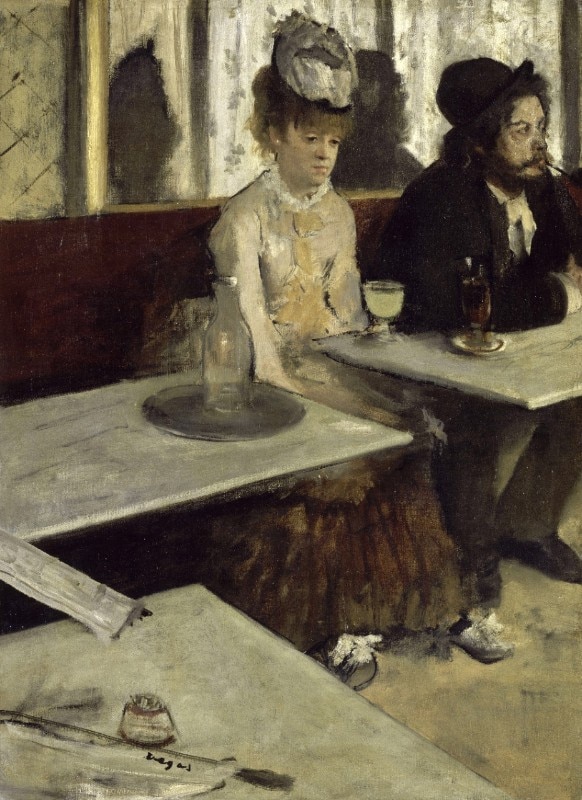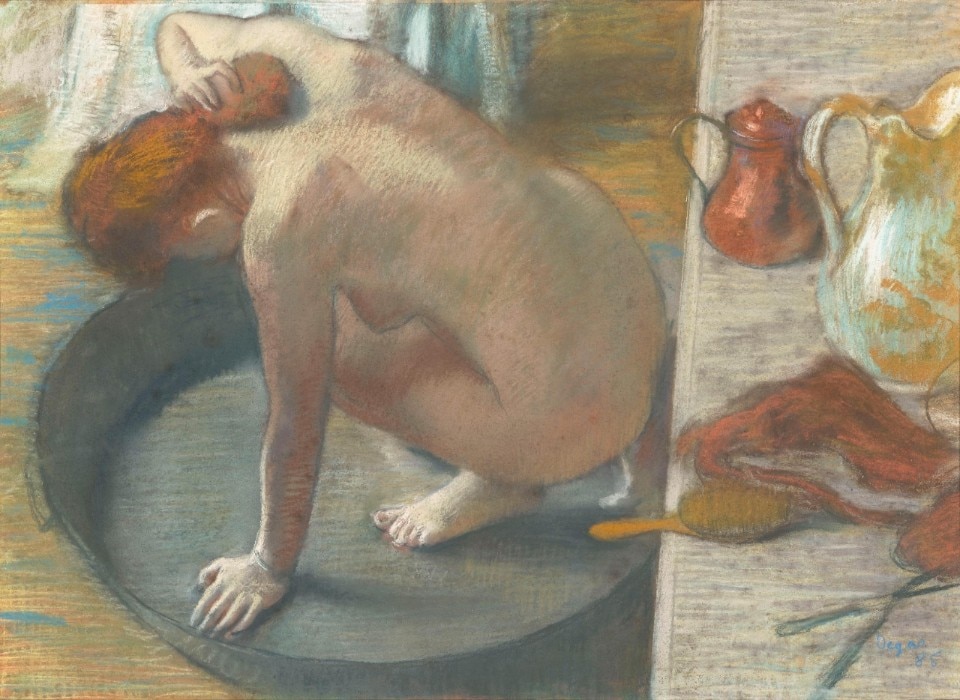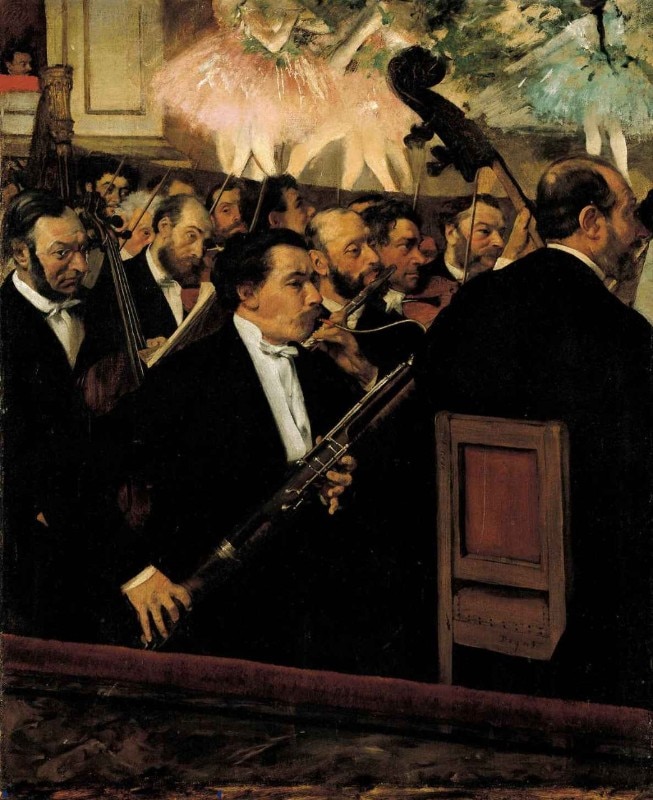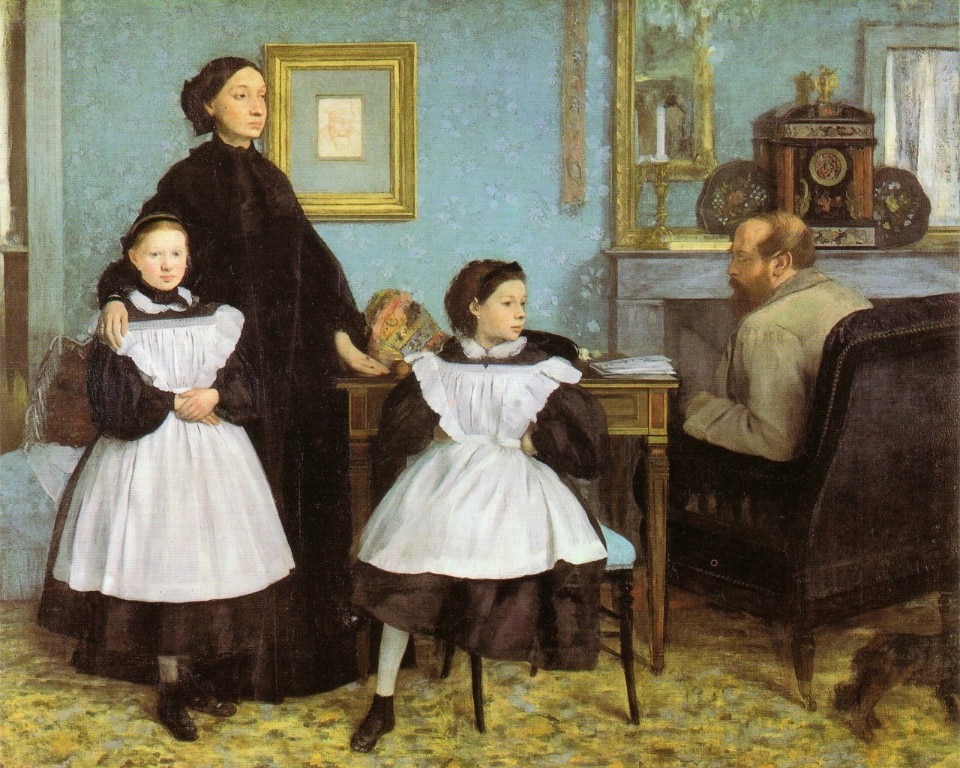Paris, September 27, 1917. In the opulent heart of the city, between the shadows of the Great War and the whispers of a fading Belle Époque, Hilaire-Germain-Edgar Degas passed away. The painter who did not love conventional beauty. Or rather, he loved it in his own way, stripping it of all frills, of all self-indulgence.
Even though Degas shared the playing field with the Impressionists, he followed his own rules, pushing toward a more complex game, a challenge against the fleeting moment, the involuntary gesture, the truth hidden behind the veil of appearances. His dancers, recurring figures, were not idealized images, but real characters, caught between exhausting rehearsals and fleeting breaks, revealing the effort and discipline behind their apparent grace.

Too fond of drawing, too rigorous in composition to surrender to the frenzy of the ‘en plein air.’ Degas was a classic disguised as a modern, an alchemist who transformed reality into vision, capturing the fleeting moment and fixing it on canvas with surgical precision. A bridge between tradition and innovation, between the academy and the avant-garde.
In painting you must give the idea of the true by means of the false.
Edgar Degas
L'Absinthe, a masterpiece of urban loneliness, is one of his most famous works: two isolated figures, lost in their thoughts, the void surrounding them as dense as the fumes of alcohol. The Ballet Class, a stage for a silent drama: young, weary bodies, blank stares, the shadow of the master looming like fate. The Bellelli Family, a group portrait that reveals the tensions and conflicts hidden behind the bourgeois façade, foreshadowing the psychological painting of the twentieth century. The Tub, where the female body, captured in a moment of intimacy, becomes living, pulsating matter, paving the way for expressionist explorations of corporeality.

Degas was an artist who did not merely describe reality but interpreted it, deconstructing and reconstructing it according to his own logic. His painting – made up of broken lines, unusual perspectives, and abrupt cuts – was an investigation into the very structure of the vision, into the relationship between the eye and the world. Influenced by photography and Japanese prints, Degas boldly experimented, opening new horizons in the representation of space and movement. His masterful use of light and color created unique atmospheres, filled with tension and mystery.
Then there were his sculptures, small dancers in wax and bronze, fragile yet eternal. Degas sculpted them with his fingers, as if trying to capture the soul of movement itself, the fleeting moment turned into matter. These works testify to his relentless pursuit of a synthesis between the arts, between painting and sculpture.

An art that did not merely represent, but wanted to understand, to unveil, to expose. An art that questioned, compelling viewers to look beyond the surface of things.
His palette, in a play of vibrant colors and bold contrasts, created a dynamic and pulsating atmosphere, a reflection of the Paris of the Belle Époque.

His composition, often off-center and asymmetrical, defied academic conventions, introducing a sense of spontaneity and immediacy that foreshadowed the avant-gardes of the 20th century. His skill in drawing, clearly shown in his pastels and preparatory studies, translated into an impeccable rendering of form and movement. The hidden beauty in the banality of everyday life – Degas’ painting celebrates humanity in its entirety, with all its fragilities and contradictions.
Opening image: Edgar Degas, The Bellelli Family, 1858-1867









